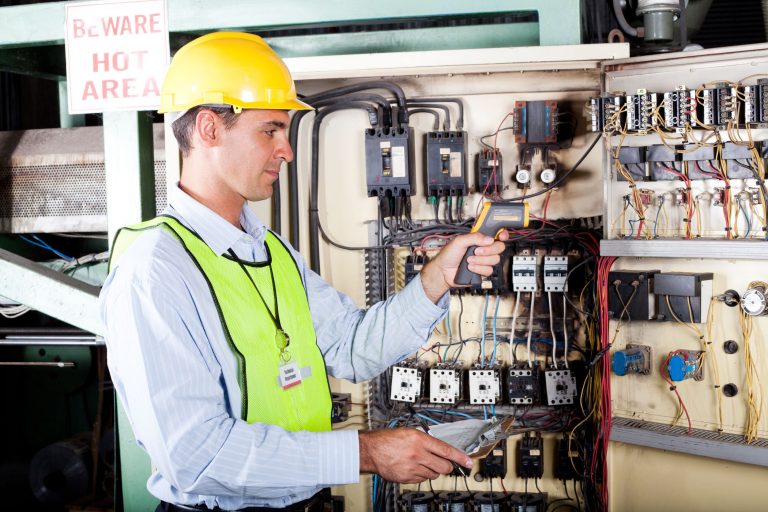An XRF x-ray tube is an x-ray tube using x-ray fluorescence for chemical and elemental analysis. The tube itself is the source of the x-rays which, with x-ray fluorescence, bombard the material with high-energy gamma rays. X-ray fluorescence is particularly useful in the examination of metals, ceramics, building materials, and glass, as well as for researching geochemistry, forensic science, archaeology, and paintings & other such art.
X-ray fluorescence is a non-destructive analytical strategy used to discover the elemental makeup of different materials. After having excited the gamma rays when they have penetrated the material the x-rays are read by an XRF analyzer, at the center of which is the XRF x-ray tube. The intensity of the x-rays received by the analyzer will indicate the material makeup, density, or thickness of the material, depending on its application.
Can anything affect the life of the XRF x-ray tube?
Each tube has a lifespan of around four to six years, which is the equivalent of 10,000 to 30,000 hours of use. An XRF x-ray tube’s lifespan can be affected by inadequate cooling, so it’s important to maintain your XRF machine to ensure the air intake vents and fans are working at their most efficient. It can also be affected by power levels, as a low kV and high mA will stress the filament and shorten the life of the tube.
What are they used for?
XRF x-ray tubes are typically used for process and quality control in manufacturing operations, analyzing scrap metal before it re-enters the supply chain, and even for checking the karat weight and value of gold jewelry.
To find out more about XRF x-ray tubes and their applications visit Micro X-Ray Inc. today.
